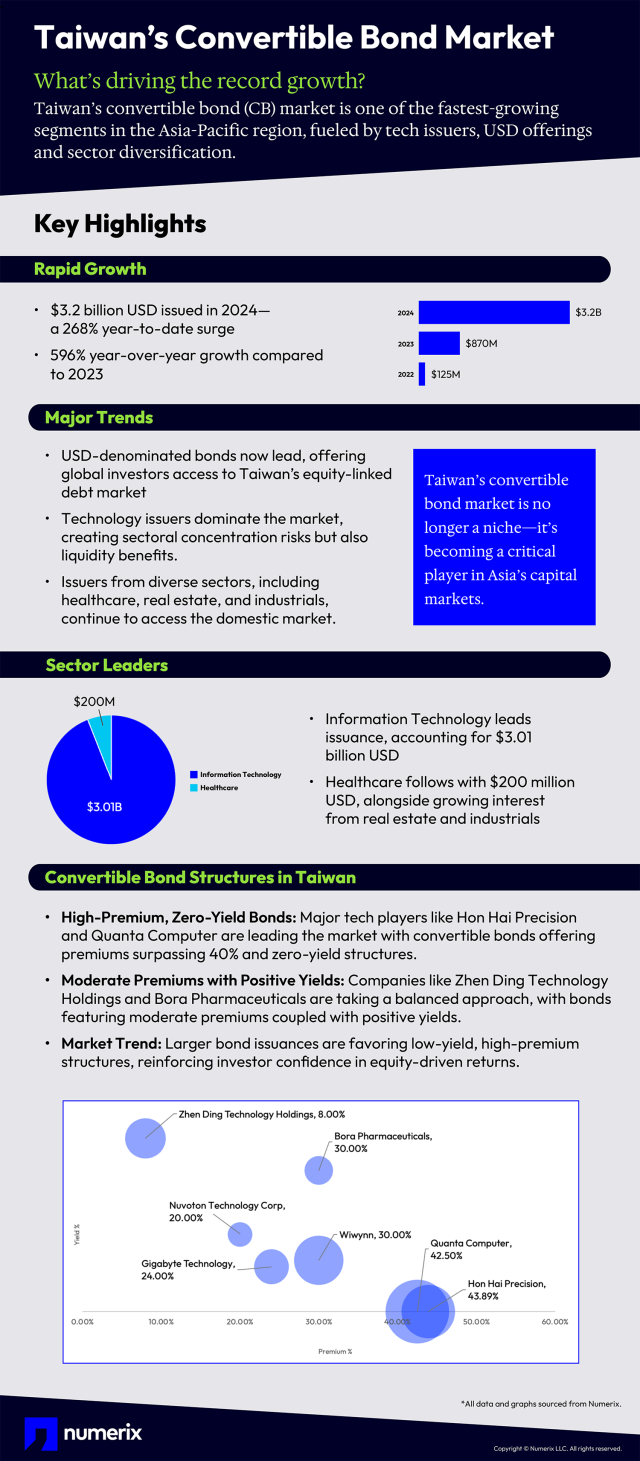Exploring 3 Hot Topics in Energy and Commodity Trading
Numerix’s Christian Kahl, PhD, Helena Frumson and Hans Crockett attended E-world, Europe's leading energy trade fair, which took place May 23-25, 2023.
Much of the buzz at the Germany-based event centered around reducing our global carbon footprint through embracing renewable energies, however we also had several engaging conversations on topics in energy trading and risk management. We will explore these in today’s blog post.
1. Adapting to a Changing Energy Landscape
Across Europe and beyond there is an energy revolution taking place focused on alternative energy storage and renewable energy harvested from replenishable sources such as the sun, wind and water. This phenomenon is creating inherent quantitative challenges for firms with energy-based trades in their portfolios.
Renewable energy can create a fair amount of volatility, as the way it is generated is at the mercy of an extremely unpredictable source – nature. Supplies can be intermittent, so prices can move up and down quickly. There are pressures on financial services firms to model impacts of climate-related and energy transition scenarios. Furthermore, regulators are progressively pushing firms to include climate scenarios and stress tests in their risk analyses, and to incorporate potential impacts into their capital requirements calculations. As a result, we are seeing a good deal of innovation taking place in quant valuation and risk management to address the new challenges associated with the changing energy trading industry.
2. Managing Counterparty Credit Risk
Given the volatile market climate, having the ability to monitor and mitigate counterparty credit risk was another key area of concern for many E-world participants. In some cases, these firms may not have known exactly the type of solution they needed to address this challenge, but they knew they needed to improve their overall approach. Often a simple method for managing counterparty credit risk has been deployed when a more sophisticated approach is needed; one that incorporates counterparty credit risk analytics alongside market risk analytics, enabling enterprise-wide views of risk.
Firms that would benefit most from enhanced counterparty credit risk management are those with longer-term assets and liabilities in their portfolios. Unexpected market turbulence resulting from current events, like the Russian invasion of Ukraine, make it even more crucial for firms trading energy to have the ability to understand and manage their exposures. As such, many of these firms would benefit from using economic scenario generation tools.
Another interesting point is firms that systematically monitor their counterparty credit risk can also avoid concentrations of risk in particular subsectors or types of counterparties. This enables firms to optimize their choice of counterparties for new trades and reduce exposures where counterparties look vulnerable.
3. Need for Improved Analytics
Representatives from several energy trading firms expressed a need for better and faster risk analytics. Their current approaches, which often involved the use of spreadsheets or unsophisticated systems, were preventing them from gaining the necessary consolidated view of risk they required to take directional bets and effectively hedge trades.
Investors have long been challenged by the need to employ precise tools to risk manage instruments, and for energy and commodities traders, this challenge is no different. Spreadsheets aside, there are many vendors that do provide end-to-end solutions, however their risk analytics and reporting capabilities rarely meet the requirements of sophisticated users, and often don’t cover the full range of instruments and deal types in the energy space.
Numerix recently worked with one energy trading firm seeking an enterprise-level view of risk, which was a key problem as it prevented them from viewing market or credit risks across multiple portfolios that were managed in different parts of the world—and were most often divided up by underlying asset types, such as gas or oil. Numerix helped the firm solve this problem, equipping them with a consolidated view of risk across their portfolios.
Learn More
If you’d like to learn more about the unique challenges firms trading energy face and how to manage some of this complexity, download this whitepaper: Six Themes that Characterize Trading in the Energy Markets Today


